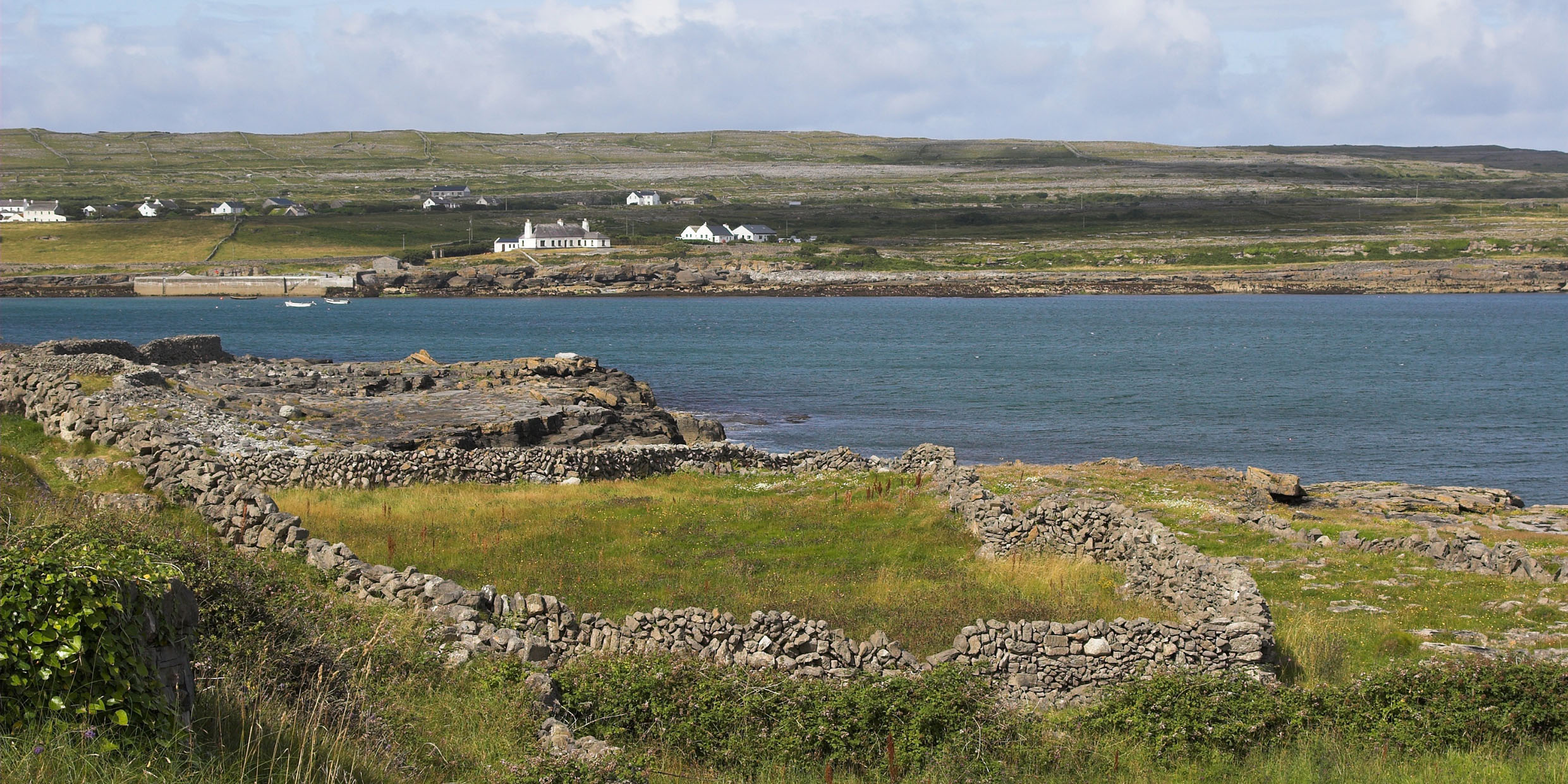Originally published 12 September 2000
Tim Robinson is an Englishman who went to Ireland’s Aran Island in 1972 to write, think, and otherwise jolt his life out of a London rut. In 1984, he moved across Galway Bay to Connemara, where he remains. His long sojourn in those rocky landscapes has led to several wonderful books and maps of surpassing loveliness.
In the first chapter of Stones of Aran, he defines something he calls the “adequate step,” a step worthy of the landscape it traverses. The adequate step takes note of the geology, biology, myths, history, and politics of the landscape, Robinson said. It also includes the state of consciousness of the walker.
For 36 years, I have walked back and forth each day from my home to my place of work. Blessedly, my path takes me through conservation land — woods, fields, stream, hedgerows, water meadow. Blessed, because those 36 years of steps — that I have struggled to make adequate in Robinson’s sense — have enriched my life in ways I never could have imagined.
They have enriched these columns, too, a huge number of which have taken their life from something seen along the way — spider web, heron, crayfish, stone, ladyslipper, moonrise, bluebirds, witchhazel, spring peepers, woolly bears, glacial scratches, Indian pipes. Step by step, the landscape became deeper, richer, more multidimensional, but always overflowing the mind that sought to contain it.
Every pebble and wildflower has a story to tell. That flake of granite picked up in the path was once at the core of a towering mountain range pushed up across New England when continents collided. That purple loosestrife beside the stream emigrated from Europe in the 1800s as a garden ornamental, then went wantonly native in a land of wild frontiers.
No matter how many times I have made the walk, there is always something new to see. There are some things I have seen only once in all those years of walking — wild columbine, kingfisher, dog stinkhorn.
A walker who seeks the adequate step needs binoculars and magnifier in her pocket: Binoculars for the red-tailed hawk at the top of the distant pine; magnifier to inspect the clever sexual parts — male paint brush and female sticky pad — of the cardinal flower.
The adequate step requires a small library of guidebooks. No one person has the time, knowledge or skill to learn everything about a landscape. What would I do, for example, without the informative nature guides of Donald and Lillian Stokes, who themselves depend upon the labors of generations of botanists, ornithologists, zoologists, geologists, ecologists, meteorologists, and a host of other specialists who have studied with particular care some small feature of the landscape?
There are also the native experts — the old people who grew up in a landscape, who knew it in former incarnations, watched it change; and the children, who still have a capacity to see everything afresh, and to see things the rest of us miss. In taking his own adequate steps, Tim Robinson never failed to query every person he met along the way, and never met a person who didn’t have something interesting to add to the story.
Language, too, is part of the adequate step. The names of things and places are repositories of their history. How, for example, did witchhazel and loosestrife get their names? What does the “queset” of Queset Brook signify in the language of Native Americans? Scratch a word and history bubbles up like a spring. Robinson had to learn the Irish language before he could begin to comprehend the landscapes of Aran and Connemara.
In my daily rambles to and from work, I have been inspired by another observer of the Irish landscape, the early 19th-century naturalist, Robert Lloyd Praeger, who also had a notion of the adequate step. He walked over all of Ireland “with reverent feet,” he said, eschewing motor transport, “stopping often, watching closely, listening carefully.” And although I have aspired to Praeger’s pedal reverence, I know I have fallen short. Another 36 years of walking my path would not do justice to it.
On the day when Tim Robinson first arrived on the Aran, he met an old man who explained the basic geography. “The ocean,” he said, “goes all around the island.” By the time Robinson had stepped along every shore, cliff, field, and boreen (little road), the geography of Aran in space and time filled two fat volumes and a big-sheeted map.
And even that, he knew, was not enough. No step or series of steps can ever be fully adequate. “To forget the dimensions of the step is to forgo our honor as human beings,” he writes, “but an awareness of them equal to the involuted complexities under foot at any given moment would be a crushing backload to carry.”



